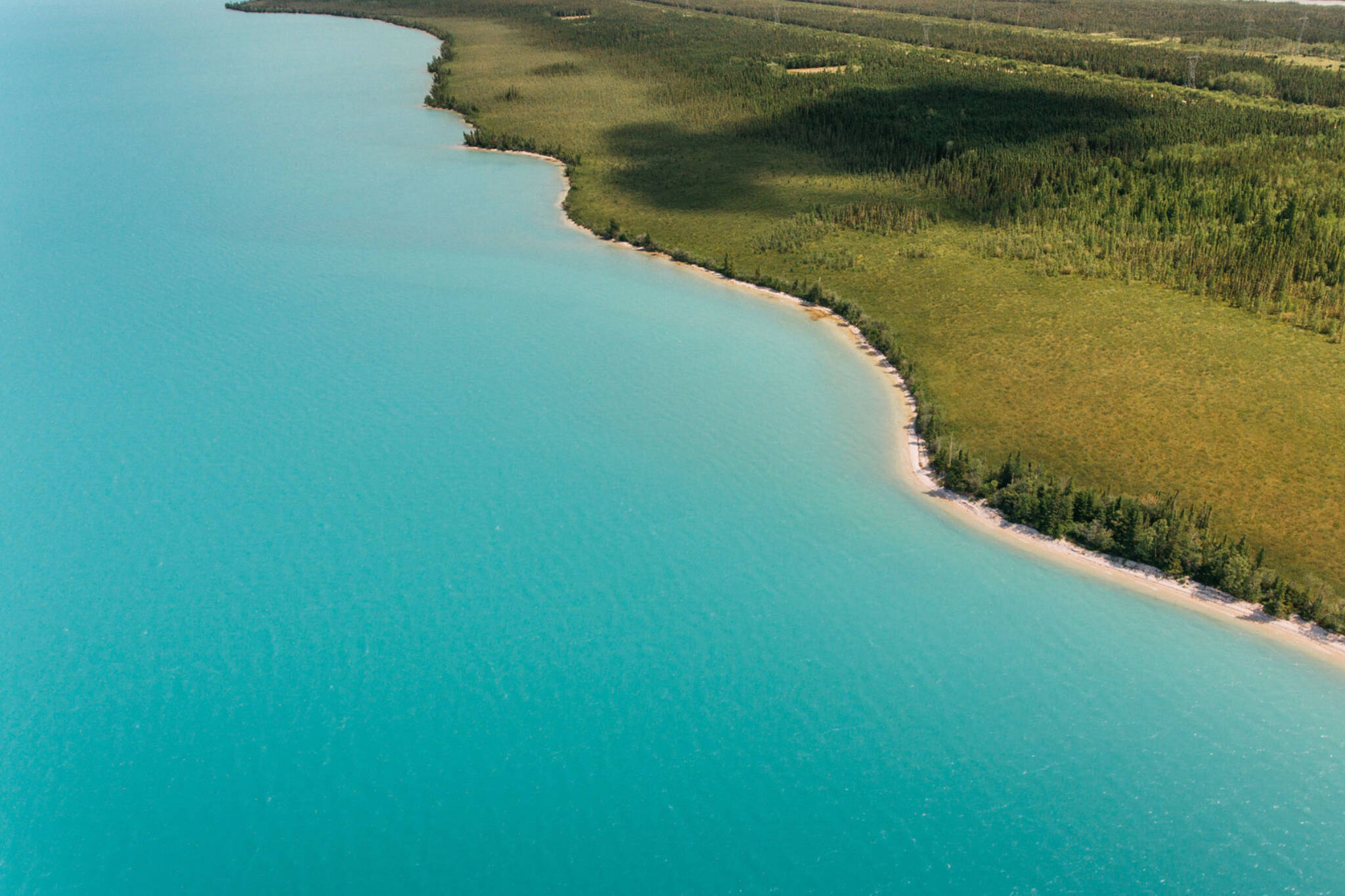
Little Limestone Lake in Manitoba changes colours depending on the temperature
Little Limestone Lake in Manitoba is considered to be the biggest marl lake in the world, allowing it to change colours depending on the temperature of the water.
Located about 500 km from Winnipeg and just 69 km from Grand Rapids, this remote lake is often a beautiful turquoise colour. That is, until it changes entirely.
Marl is mud or mudstone that's rich in calcium carbonate or lime. When the temperature of the water rises, calcite is released and separates which creates microscopic crystals giving the water a foggy turquoise appearance.
When the water temperature decreases, calcite dissolves and the water turns crystal clear.
"The ever-changing levels in calcium carbonate-rich marl cause dramatic color changes in the lake," according to Atlas Obscura.
"It can range from dull blue-grey to brilliant aquamarine to sky blue throughout the course of a day. The source of the calcite is underground limestone deposits—which have been slowly dissolving into the water for centuries."
The body of water is part of Little Limestone Lake Provincial Park, and visitors can participate in a number of on-site activities including hiking, camping and boating.
Latest Videos
Join the conversation Load comments







